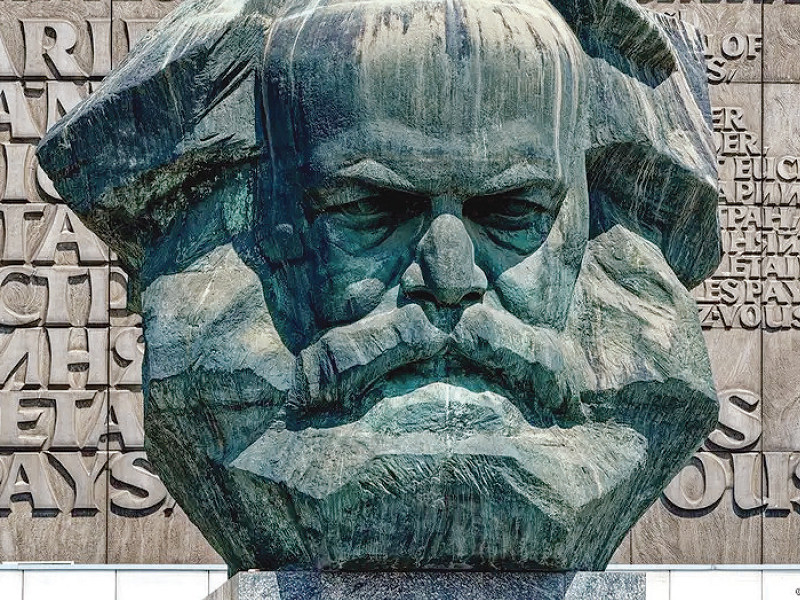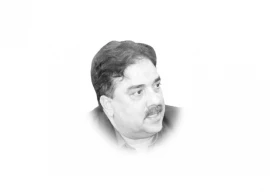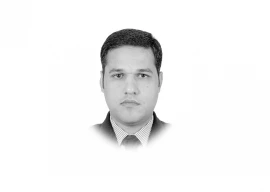
What is Karl Marx's statue doing in Chemnitz, though he never visited the city? And why is Nova Gorica/Gorizia considered a divided city? Meet the European Capitals of Culture 2025, as reported by DW.
Since 1971, downtown Chemnitz has been home to one of the largest portrait busts of Karl Marx in the world. "Karl Marx needs no legs, no hands, his head says it all," the statue's sculptor, Soviet artist Lev Kerbel, reportedly said.
The bust of the philosopher and social theorist has become an iconic symbol of Chemnitz. It has even given rise to the eastern German city's nickname: "Schädelstätte," roughly "cranium city."
So what does Karl Marx have to do with Chemnitz? On a personal level, not very much. Marx was born in Trier and died in London; he never even visited Chemnitz.
Following World War II, the city became part of the German Democratic Republic. The GDR's communist government didn't see the need for a biographical connection in order to rename the city Karl-Marx-Stadt, or Karl Marx City. The GDR's prime minister at the time, Otto Grotewohl, justified the decision with the city's labour movement roots and its status in the eyes of the regime as an ideal model of socialism.
Following the fall of communism in Eastern Europe, Karl Marx City experienced structural change, and also a name change: 76 per cent of the city's inhabitants voted to revert to the old name of Chemnitz.
In 2025, Chemnitz and the surrounding communities will co-hold the title of European Capital of Culture. Chemnitz's motto for the year is "C the Unseen." The program's projects are grouped around themes including "Eastern State of Mind," "Generous Neighbours" and "European Makers of Democracy."
One project highlight is #3000Garagen, or 3,000 garages. During the GDR time, garages were built all over the city. They served not only as places to park cars but also communal meeting spaces, or places of private retreat.
Nova Gorica, Gorizia, Görz
This year, for the first time, cities in two countries are being presented together as one capital of culture while also presenting themselves individually: Nova Gorica in Slovenia and Gorizia in Italy, which together once made up a single city.
Founded around 1000 AD, the city was the home of the Count of Görz, a royal house that was one of the most important ruling dynasties in the southern Alps. The Habsburg Empire later took over the city, which was still called Görz. It was a vibrant, cosmopolitan city - German, Italian and Slovenian could all be heard in the streets.
Following World War I and the fall of the Habsburg monarchy, Görz became Italian and was renamed Gorizia. The Slovenian inhabitants were forced to assimilate, ending the city's cultural diversity.
Things changed once again after the end of World War II. Most of the city remained Italian, but Josip Broz Tito, the prime minister of Yugoslavia, of which Slovenia was a part, didn't want to relinquish the historical location. He founded the city of Nova Gorica, or "new Gorizia," in the neighboring meadows. It was a planned city, modern and functional.
This cemented the border between Slovenian Nova Gorica and Italian Gorizia. Families were separated, land was redistributed and mistrust grew on both sides. The Cold War between East and West played out in a small city, with each side alleging the other was fascist or communist.
The border persisted for 16 years after Slovenia's independence from Yugoslavia. It was only after Slovenia joined the European Union in 2004 and the Schengen zone of free movement in 2007 that the two municipalities could work together to create a shared history. In 2025, the cities will serve as a joint European Capital of Culture.


1736937713-0/Untitled-design-(100)1736937713-0-165x106.webp)
1736991329-0/Untitled-design-(62)1736991329-0-165x106.webp)
1736988313-0/kylie--(1)1736988313-0-165x106.webp)
1736984998-0/Trump-(5)1736984998-0-165x106.webp)












COMMENTS
Comments are moderated and generally will be posted if they are on-topic and not abusive.
For more information, please see our Comments FAQ